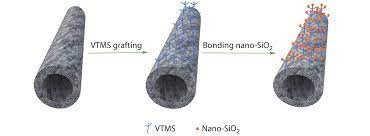1.Materialize
At present, the insulin secretion of laboratory cells has been realized, and the secreted insulin has activity. How to achieve secretion in somatic cells is the potential space for ascension. Our scheme is to use the patient's in vivo cells, extract them, turn them into stem cells, and then induce them into special types. Finally, the cells were transformed by synthetic biology.

2.Extend service
The biggest advantage of our device is that insulin secretion can be realized through artificially modified cells. Unlike existing insulin pumps or insulin patches, insulin reserves are required. The extended application is that the imported genes can be changed to change the secreted hormones. For example, implantation of growth hormone synthesis gene can be applied to patients with growth hormone deficiency.

3.Broadening of form
The expansion of the form is that we can not only use the popular bracelet in recent years, but also use the device completely implanted under the skin to hide it. It can be modified according to different audiences. When the patient focuses on the function of displaying blood glucose, the bracelet can be used. When patients are unwilling to show their identity, a total subcutaneous device can be used.


4.Minimize side effect
The possible side effect of our device is the implantation of external devices. Therefore, we tend to use tissue compatible materials, which need to overcome immune response. At the same time, it has a certain stability. The death and clearance of implanted cells need to be considered, so the space for growth and reproduction should be designed in advance. At the same time, the hidden dangers caused by the leakage of dead tissue shall be prevented.



5.Cut costs
Our device needs to consider the cost compared with traditional insulin injection. The life cycle of cells in the device is the most critical factor affecting the service life of the device. The service life of the device directly affects the price of the device. We will get the best conditions to meet the reproduction and death of cells through actual culture and modeling. Including the consideration of its own cell life to determine the selected cell type.

